Fish spawn under natural temperature regimes in closed recirculating systems
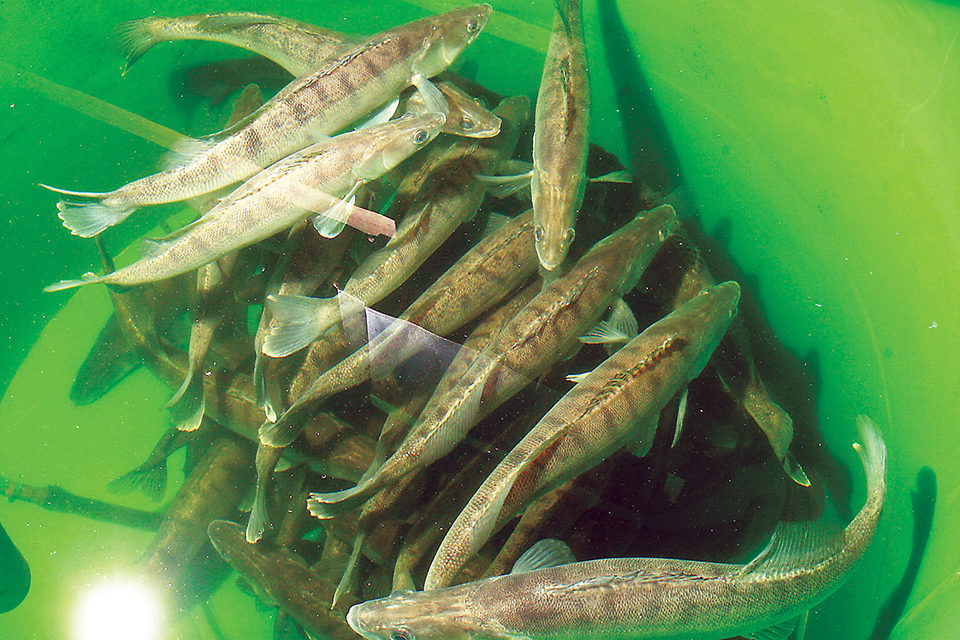
The pike perch (Sander lucioperca) is a well-known and highly valued native food and game fish in several northern and central European countries. Due to rising demand and declining pike perch captures, the species is one of the most valuable commodities of the Eurasian inland fisheries sector.
Consequently, in recent years, aquaculturists have shown increasing interest in the development of intensive culture technologies for pike perch. Researchers have successfully established protocols for the artificial reproduction of pike perch spawners and the adaptation of larvae and fingerlings to dry feeds. The promising growth potential of pike perch adapted to commercial feed can be exploited at rearing temperatures above 18 degrees-C.
Spawning goals
In one of the authors’ recent studies financed by the Fischere-iabgabe des Landes Brandenburg, Germany, an objective was to head-start by about two months the natural spawning season for pike perch, which normally occurs April-May. As the spawning season concentrates over a few weeks, out-of-season spawning could improve the utilization of infrastructure, manpower and technical resources in hatcheries.
Strict pharmaceutical regulations such as the German Medicine Act (Arzneimittelgesetz) or codes of conduct for organic aquaculture can limit fish farmers in their use of hormones or similarly active substances to induce spawning in their broodstock animals. Another goal of the study was to establish new nonchemical protocols for induced out-of-season spawning of pike perch.
Advanced spring spawning
During December and January, groups of male and female pike perch spawners were transferred to inside tanks and acclimated slowly from approximately 6 to 15 degrees-C. With 16 hours of illumination daily, the fish were examined for maturation at intervals from an initial two weeks to twice weekly when ripening eggs were present, as determined by microscopic examination of sampled eggs.
Males were checked for running sperm. Ripe females were transferred with running males to spawning tanks held at 17 degrees-C, where natural spawning using coconut mats as spawning substrate occurred within the next few days without the need for hormonal treatments. Commercial fecundity was calculated after reweighing the readily spawned females. Egg quality was determined by recording developmental rates 72 hours after spawning.
Reproduction could be successfully induced two months prior to the natural spawning season when the mating pairs received 43 or more days below 10 degrees-C, followed by mean maturation phases of 51 to 60 days at 15 degrees-C and 16 hours of daily illumination (Table 1). When the fish remained for only 31 days below 10 degrees-C (group 2007/1), maturation took much longer, and the rate of egg development was negatively affected.
Belecke, Advanced spawning events in pike perch, Table 1
| Group | Days Below 10° C Before Treatment | Spawning Females | Days of Maturation in Treatment Before Spawning | Fecundity (% body weight) | Developing Rate (%/day) |
|---|
Group | Days Below 10° C Before Treatment | Spawning Females | Days of Maturation in Treatment Before Spawning | Fecundity (% body weight) | Developing Rate (%/day) |
|---|---|---|---|---|---|
| 2006/1 | 60 | 8 of 8 | 51.3 | 9.8 | 62.6 |
| 2007/1 | 31 | 9 of 10 | 80.6 | 19.0 | 49.4 |
| 2007/2 | 43 | 8 of 10 | 59.8 | 24.0 | 53.7 |
| 2007/3 | 61 | 7 of 7 | 56.3 | 18.9 | 64.6 |
Advanced spawning could be observed in 32 of the 35 females that underwent photo-thermal treatments. Mean fecundities up to 24 percent, reflecting about 400,000 eggs/kg body weight, and 65 percent average rates of developing eggs were comparable to the values observed during the natural spawning season. Robust and dry feed-adapted fingerlings of 5 to 10 grams could be accurately produced for stocking outdoor ponds by May.
In closed recirculation systems at constant temperatures of 22 to 24 degrees-C, pike perch larvae adapted to dry feeds can attain mean weights of 900 grams after 13 months. Due to their comparatively low swimming activity, the species exhibits excellent feed-conversion rates even at body weights above 300 grams (Table 2).
Belecke, Growth performance and feed conversion, Table 2
| Body Weight | Feed-Conversion Rate | Specific Growth Rate (%/day) |
|---|
Body Weight | Feed-Conversion Rate | Specific Growth Rate (%/day) |
|---|---|---|
| 5-400.85 | 3.5 | |
| 41-150 | 0.88 | 2.0 |
| 151-300 | 0.91 | 1.2 |
| 301-900 | 0.90-1.0 | 0.9 |
Artificial winter spawning
Based on the authors’ findings in advanced spawning experiments, 11 female and six male pike perch were maintained at constant temperatures of 22 to 24 degrees-C under 24-hour illumination in a closed recirculation system until the animals reached a mean weight of 2.1 kg.
After careful adaptation to lower water temperatures, these fish underwent an artificial wintering period at 9 ± 1 degrees-C with light supplied 8 hours/day for 60 days to induce gonadal maturation. Thereafter, the fish underwent a maturation phase at 15 degrees-C and 16-hour daily illumination. Detection of maturation, initiation of spawning and the control of fecundity and egg quality were carried out as described above for the advanced spawning experiments.
The first spawning event was observed 62 days after the start of the maturation phase. Ten of the 11 females in the artificial wintering period spawned after a mean duration of 81.0 ± 12.8 days at 15 degrees-C and 16 hours of light. At 16.6 ± 3.5 percent, their fecundity was similar to results obtained from fish spawning under natural climatic conditions.
With a mean egg-developing rate of 64.3 ± 42.6 percent, this parameter was also within the normal range observed during the natural spawning season. The fish again achieved final gonadal maturation and ovulation with only the applied photo-thermal regime and without the need for hormonal treatments.
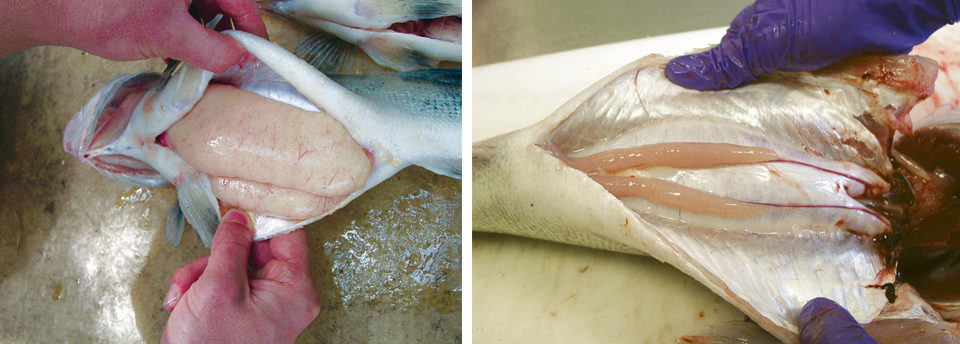
Perspectives
The authors’ observations have showed that even if the body masses of pike perch reared in recirculating systems at constant temperatures were above 1.5 kg, the animals’ gonads typically did not mature and attained only very low gonadosomatic indices during the natural spawning season in April-May.
The absence of gonadal development is advantageous for grow-out, as nutrients and energy are effectively transferred into marketable muscle tissue. Nevertheless, as no maturation occurs, seedstock must be brought in from the outside, which depends on the natural spawning season and can increase biosecurity risks.
The ability to induce maturation and spawning in pike perch kept in closed recirculation systems by use of a simple “artificial wintering” technique with varied temperatures opens interesting perspectives, as fry can be obtained outside the natural spawning season. Seed production several times per year – essential for the optimal utilization of the production capacity of recirculation systems – could be managed by adequate timing of photothermal treatments for different groups of broodstock fish.
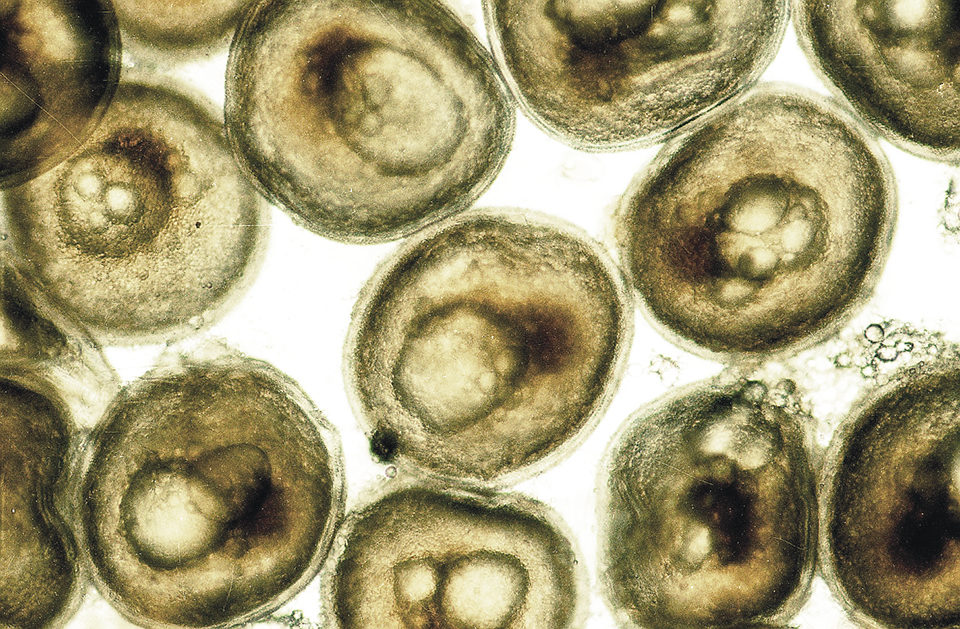
(Editor’s Note: This article was originally published in the November/December 2008 print edition of the Global Aquaculture Advocate.)
Now that you've reached the end of the article ...
… please consider supporting GSA’s mission to advance responsible seafood practices through education, advocacy and third-party assurances. The Advocate aims to document the evolution of responsible seafood practices and share the expansive knowledge of our vast network of contributors.
By becoming a Global Seafood Alliance member, you’re ensuring that all of the pre-competitive work we do through member benefits, resources and events can continue. Individual membership costs just $50 a year.
Not a GSA member? Join us.
Authors
-
Dr. Andreas Müller-Belecke
Institute of Inland Fisheries
Potsdam-Sacrow
Im Königswald 2
D-14469 Potsdam, Germany -
Steffen Zienert
Institute of Inland Fisheries
Potsdam-Sacrow
Im Königswald 2
D-14469 Potsdam, Germany
Tagged With
Related Posts
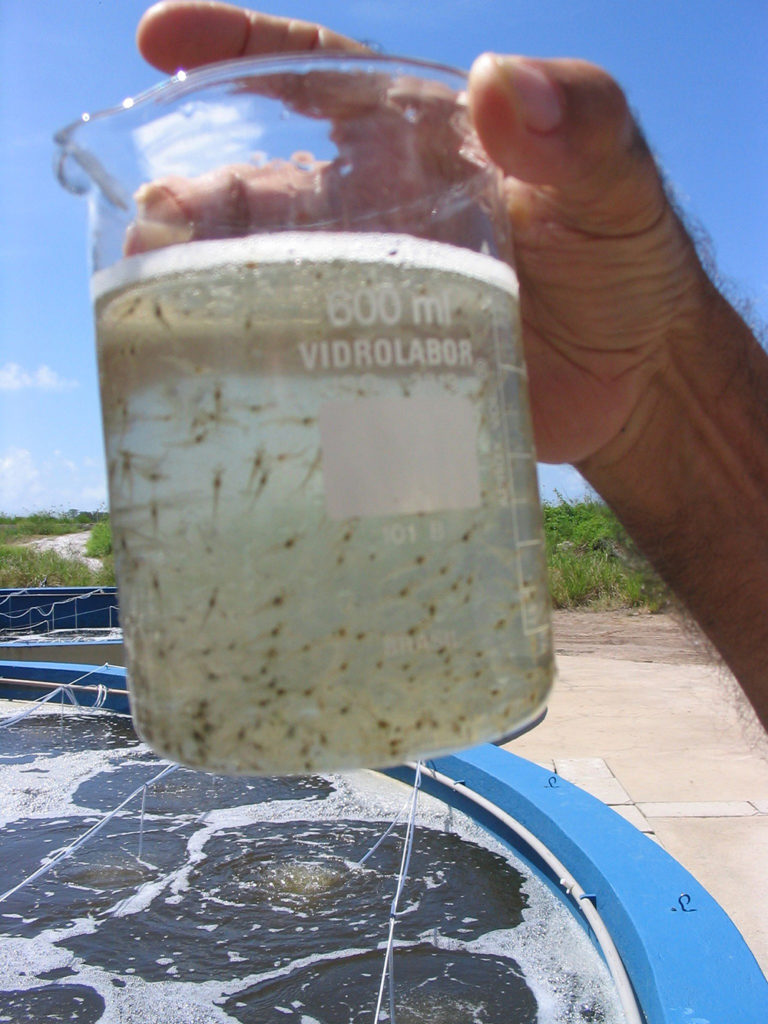
Health & Welfare
A study of Zoea-2 Syndrome in hatcheries in India, part 2
Indian shrimp hatcheries have experienced larval mortality in the zoea-2 stage, with molt deterioration and resulting in heavy mortality. Authors considered biotic and abiotic factors. Part 2 describes results of their study.
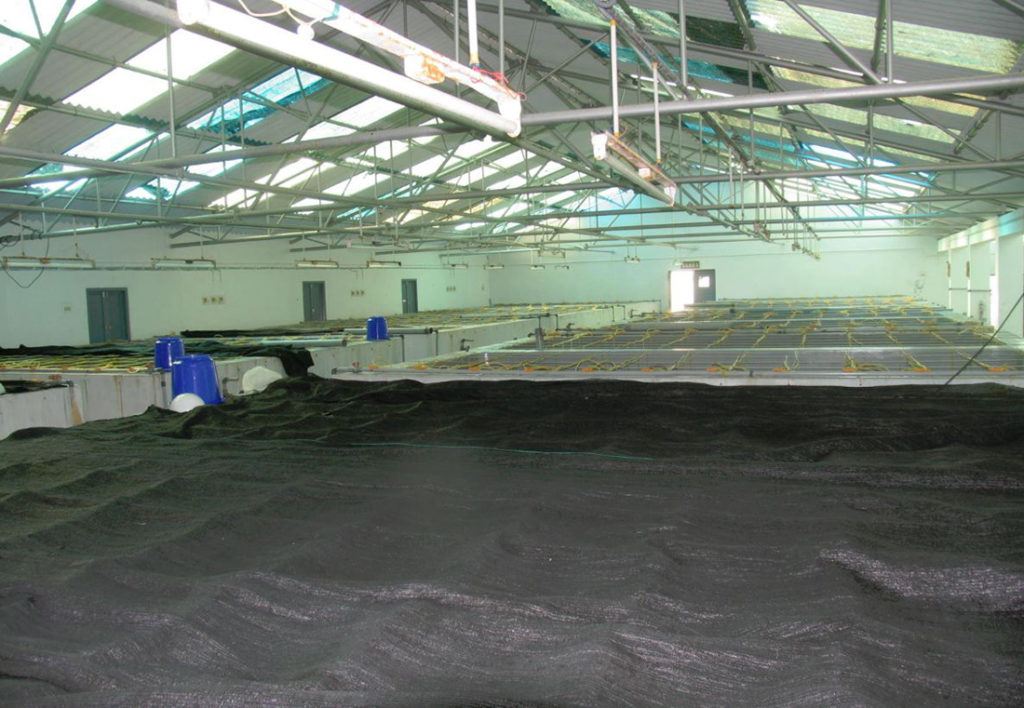
Health & Welfare
A study of Zoea-2 Syndrome in hatcheries in India, part 3
In this third and final part, authors present recommendations to help reduce the incidence of Zoea-2 Syndrome, which is not caused by any known infectious agents in P. vannamei hatcheries in India.
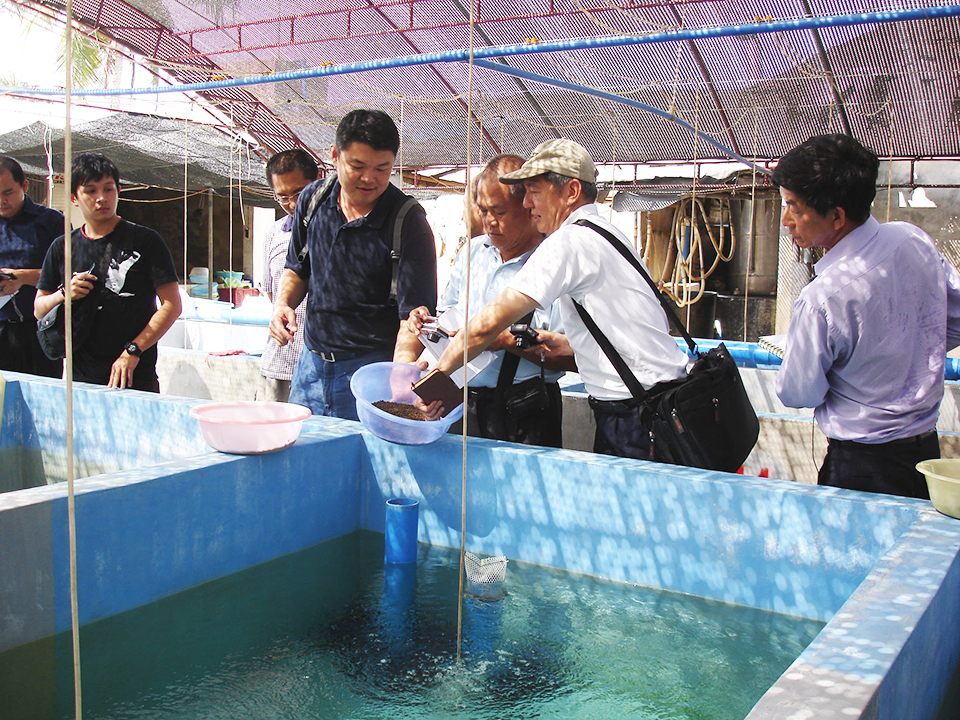
Aquafeeds
ASAIM addresses challenges to growth of marine fish farming in Southeast Asia
In its efforts to advance sustainable aquaculture practices and the use of soy-based feeds in Southeast Asia, the American Soybean Association International Marketing Program (USAIM) has identified several challenges.
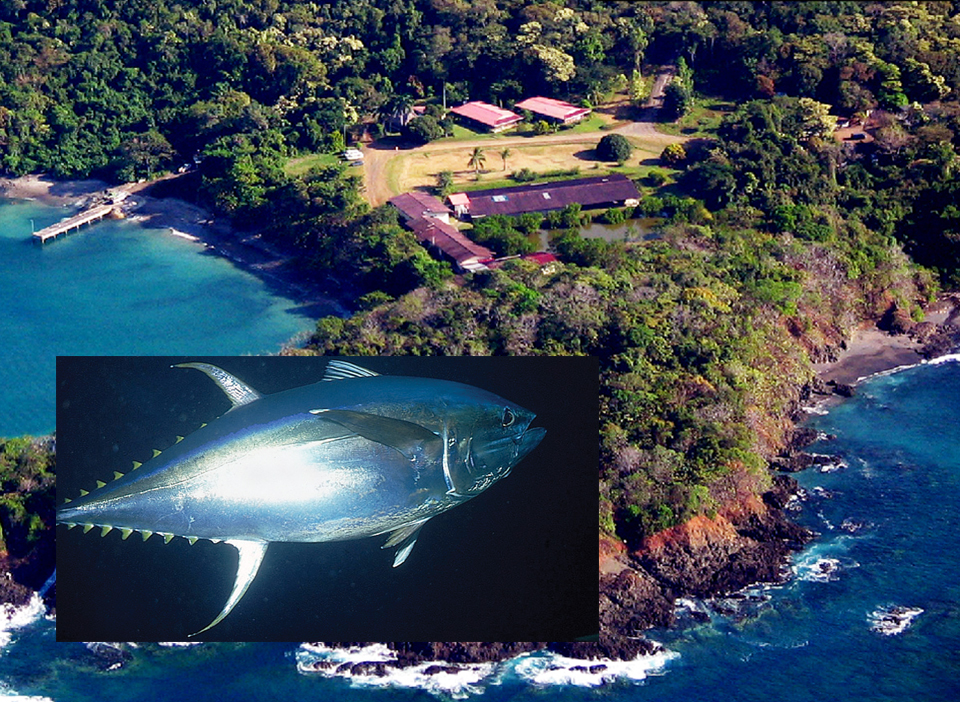
Health & Welfare
Achotines laboratory home to continuing studies of tuna early life history
The Inter-American Tropical Tuna Commission Achotines Laboratory in southern Panama is the world’s only facility with nearly year-round availability of tuna eggs and larvae. A study is comparing the reproductive biology, genetics and early life history of yellowfin and Pacific bluefin tuna.


